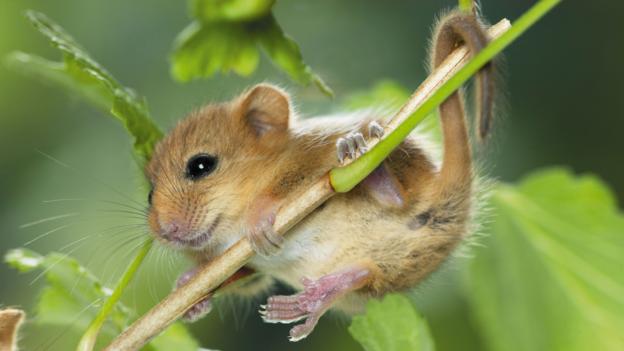Officially one in every ten species in the UK is now under threat. Recent deforestation, urbanisation and pollution have all had a detrimental effect on our wildlife. We are trying to raise awareness for those species most deeply affected.
Red Squirrels
Once thought of as a pest back in the 40’s, now after the introduction of the bigger Grey Squirrel from America numbers have been dwindling. In fact, they are extinct almost everywhere in the UK except for in Wales, Scotland, the North of England, Cumbria and the Isle of Wight. The need to segregate Red from Grey will be essential in keeping this native breed alive. Not only because the Greys compete for food and living space but also because they carry a deadly squirrel pox which is being passed over to the red’s.
Charity website- https://rsst.org.uk/
Wildcats
One of the UK’s few remaining mammalian predators. It is thought less than 400 are left in the isolated highlands of Scotland. The Wildcat is much larger than its domesticated cousin and feeds exclusively on meat. Threats to this unique predator include habitat loss and the cross breeding with ordinary cats. Some even believe there are no pure wildcats left at all and that all the ones sighted are cross breeds.
Charity website- https://www.scottishwildcats.co.uk/
Dormouse
In 1995, it was estimated that were half a million Dormouse in the UK. However, this was probably wrong due to the fact in 2004 experts estimated only 40,000 were left. The Dormouse has the unique feature of having a furry tail which is not seen in other mice. The Dormouse also does not like spending time on the ground and would much prefer to be scaling tree’s and climbing overgrown hedges, unfortunately because of deforestation this is why the species is in decline.
Charity website- https://ptes.org/campaigns/dormice/
Skylark
The reason these birds made it to the list is because Skylarks numbers halved in the 1990’s. This is due to them preferring wide open spaces such as farmland and their main source of food being seeds. The sowing of crops in autumn means that they are too high by the time skylarks want to nest. They also have a tendency to build their nests on the ‘tram lines’ where tractors drive up and down, meaning they are at risk of being run over or found easily by predators.
Charity website- https://ww2.rspb.org.uk/our-work/conservation/conservation-and-sustainability/farming/advice/helping-species/skylark
Hedgehog
There is now very strong evidence that hedgehogs are declining across Britain, slowly there has been less and less sightings of them. Development and loss of habitat seems to be the key factor into why we aren’t seeing much of them. They prefer wild settings with a variety of bushes and foliage which is in shortage nowadays as less people are making their gardens into hedgehog havens.
Charity website- https://www.britishhedgehogs.org.uk/








